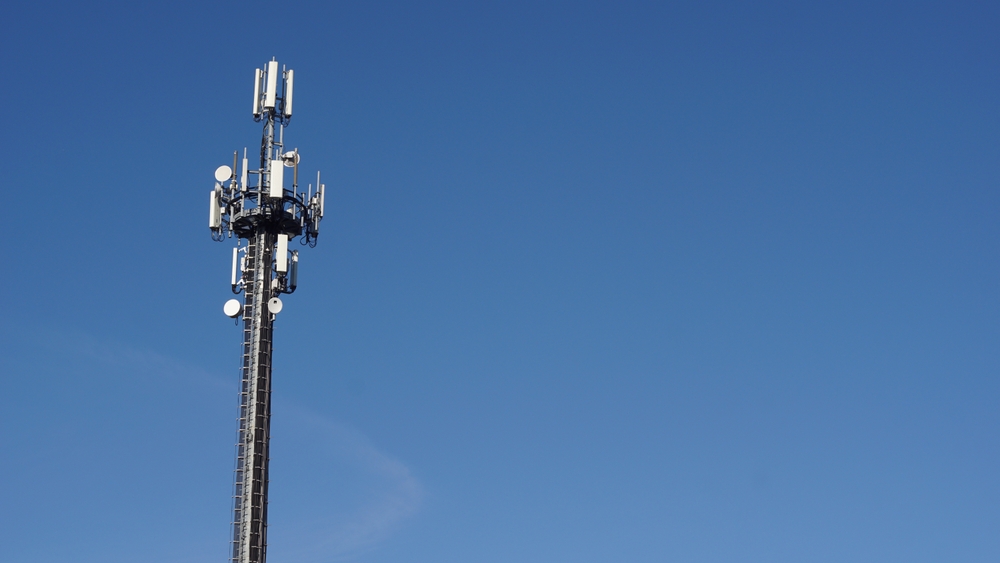Microwave Backhaul: The Unsung Hero of Mobile Networks
The invisible infrastructure powering our mobile communications extends far beyond the familiar cell towers dotting the landscape. Enter microwave backhaul, a critical yet often overlooked component of modern telecommunications networks. This technology forms the backbone of data transmission, enabling seamless connectivity in urban jungles and remote areas alike. As demand for high-speed data continues to surge, microwave backhaul stands at the forefront of network evolution, offering unique advantages and facing intriguing challenges in the ever-expanding world of mobile communications.

Initially employed for long-distance telephone communications, microwave links gained prominence in cellular networks during the 2G era. As mobile data usage exploded with the advent of 3G and 4G technologies, microwave backhaul adapted to meet the increasing capacity demands. Today, it remains a cornerstone of network infrastructure, particularly in areas where fiber optic deployment is impractical or cost-prohibitive.
Advantages in a Data-Hungry World
One of the primary benefits of microwave backhaul is its flexibility and rapid deployment capabilities. Unlike fiber optic cables, which require extensive trenching and installation work, microwave links can be set up quickly and with minimal physical infrastructure. This makes it an ideal solution for temporary events, disaster recovery scenarios, or rapidly expanding network coverage in developing regions.
Microwave backhaul also offers significant cost advantages, especially in rural or challenging terrains where laying fiber would be prohibitively expensive. The technology’s point-to-point nature allows for precise targeting of resources, enabling operators to optimize network performance and coverage efficiently.
Overcoming Bandwidth Limitations
As data consumption continues to skyrocket, traditional microwave frequencies face increasing pressure to deliver higher capacities. To address this challenge, the industry has been exploring higher frequency bands, including the E-band (70/80 GHz) and even the W-band (92-114.25 GHz). These millimeter-wave frequencies offer substantially more bandwidth, potentially enabling multi-gigabit transmission speeds.
However, higher frequencies come with their own set of challenges, primarily related to signal attenuation and susceptibility to weather conditions. To combat these issues, advanced techniques such as adaptive modulation, cross-polarization, and multi-band solutions are being employed. These innovations allow operators to maintain reliable connections while maximizing throughput under varying environmental conditions.
The Role of Microwave in Network Densification
As mobile networks evolve to support more users and data-intensive applications, network densification has become a key strategy. This involves deploying a greater number of smaller cells to increase capacity and coverage. Microwave backhaul plays a crucial role in this process, providing flexible and cost-effective connectivity solutions for these small cells.
In urban environments, where fiber deployment can be complex due to permitting issues and physical constraints, microwave links offer a viable alternative. They can be easily installed on existing structures, such as buildings or street furniture, facilitating rapid network expansion without the need for extensive excavation work.
Synergy with Emerging Technologies
The future of microwave backhaul is closely intertwined with other emerging technologies in the telecommunications landscape. For instance, the development of software-defined networking (SDN) and network function virtualization (NFV) is enabling more dynamic and efficient management of backhaul resources. These technologies allow operators to adapt their network configurations in real-time, optimizing performance based on traffic patterns and demand.
Additionally, the integration of artificial intelligence and machine learning algorithms is enhancing the predictive maintenance and self-optimization capabilities of microwave backhaul systems. This not only improves network reliability but also reduces operational costs for service providers.
Conclusion
As we navigate the complexities of modern telecommunications, microwave backhaul stands out as a versatile and enduring technology. Its ability to adapt to changing network demands, coupled with its cost-effectiveness and rapid deployment capabilities, ensures its continued relevance in the evolving mobile landscape. While challenges remain, particularly in meeting the ever-increasing bandwidth requirements, ongoing innovations in frequency utilization and integration with emerging technologies promise to keep microwave backhaul at the forefront of network infrastructure. As we look to the future of mobile connectivity, this unsung hero of telecommunications will undoubtedly play a crucial role in shaping our connected world.





